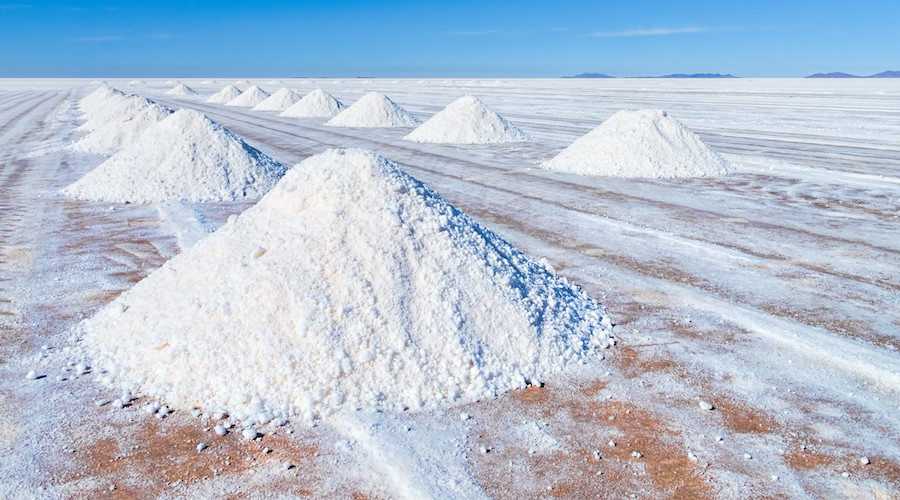New salt promises to overcome safety, performance issues in high-performance Li-ion batteries

At present, the lithium salt being used in Li-ion batteries is lithium hexafluorophosphate, which is toxic and poses fire and safety hazards. This risk is partially mitigated in small portable devices precisely due to their size. However, the fire danger increases in large battery packs such as those used in electric vehicles and outdoor grid-scale energy storage systems.
“Higher voltage and power batteries are on the drawing board but cannot use the hexafluorophosphate salt,” Doug MacFarlane, one of the study’s co-authors, said in a media statement.
Lithium hexafluorophosphate, which is currently used in Li-ion batteries, is toxic and poses fire and safety hazards
To replace the commonly used salt, MacFarlane and his colleagues developed fluoroborate salts, which are safer because they are not affected even if exposed to air.
To synthesize the new salts with battery-grade purity, the scientists carried out a recrystallization process.
According to Binayak Roy, also co-author of the paper, when combined with a novel cathode material in a high voltage lithium battery, this electrolyte far outperformed the conventional salt. Moreover, the salt was found to be very stable on aluminum current collectors at higher voltages, as required for next-generation batteries.
“When put in a lithium battery with lithium manganese oxide cathodes, the cell cycled for more than 1000 cycles even after atmospheric exposure, an unimaginable feat compared to the hyper-sensitive hexafluorophosphate salt,” Roy said.
These results are interpreted as being one step closer to making next-generation electrode materials a commercial reality, particularly when the Monash team’s new electrolyte system is paired with Calix’s lithium manganese oxide electrode material.
The near-future goal of the team is, thus, to turn these new anions into thermally stable, non-flammable liquid salts, making them beneficial for batteries operating at high temperatures.




